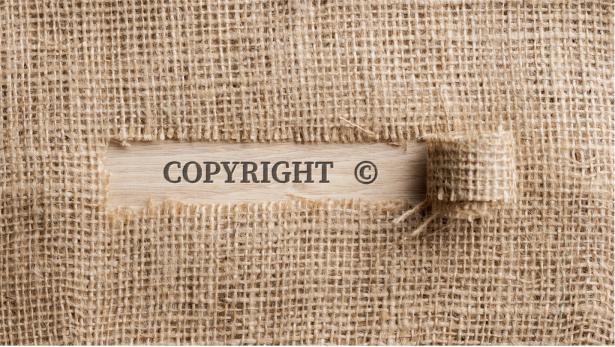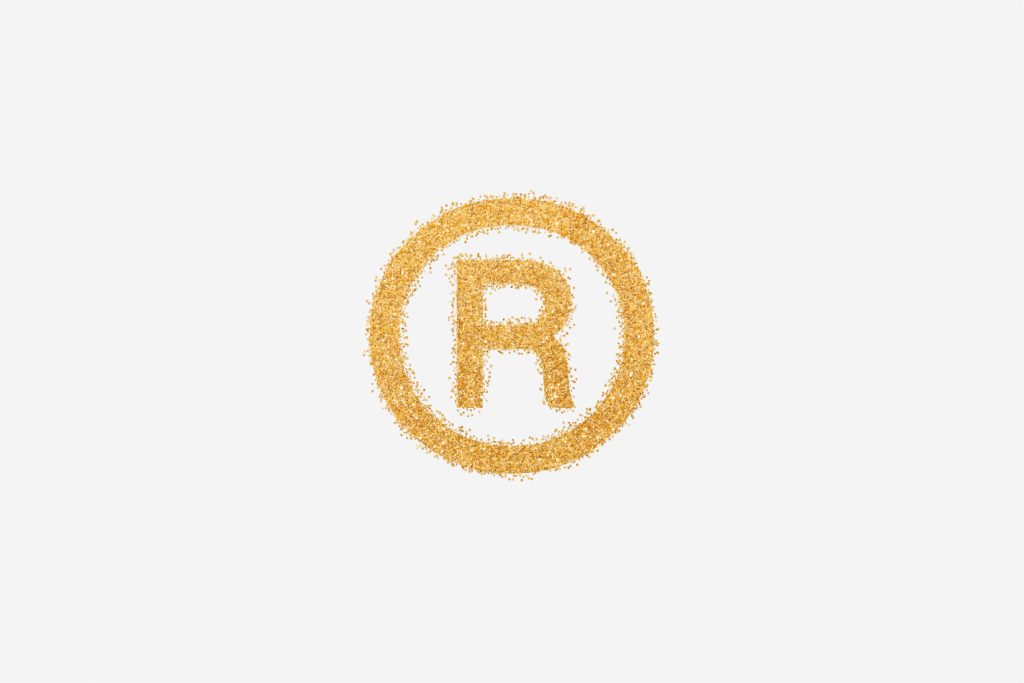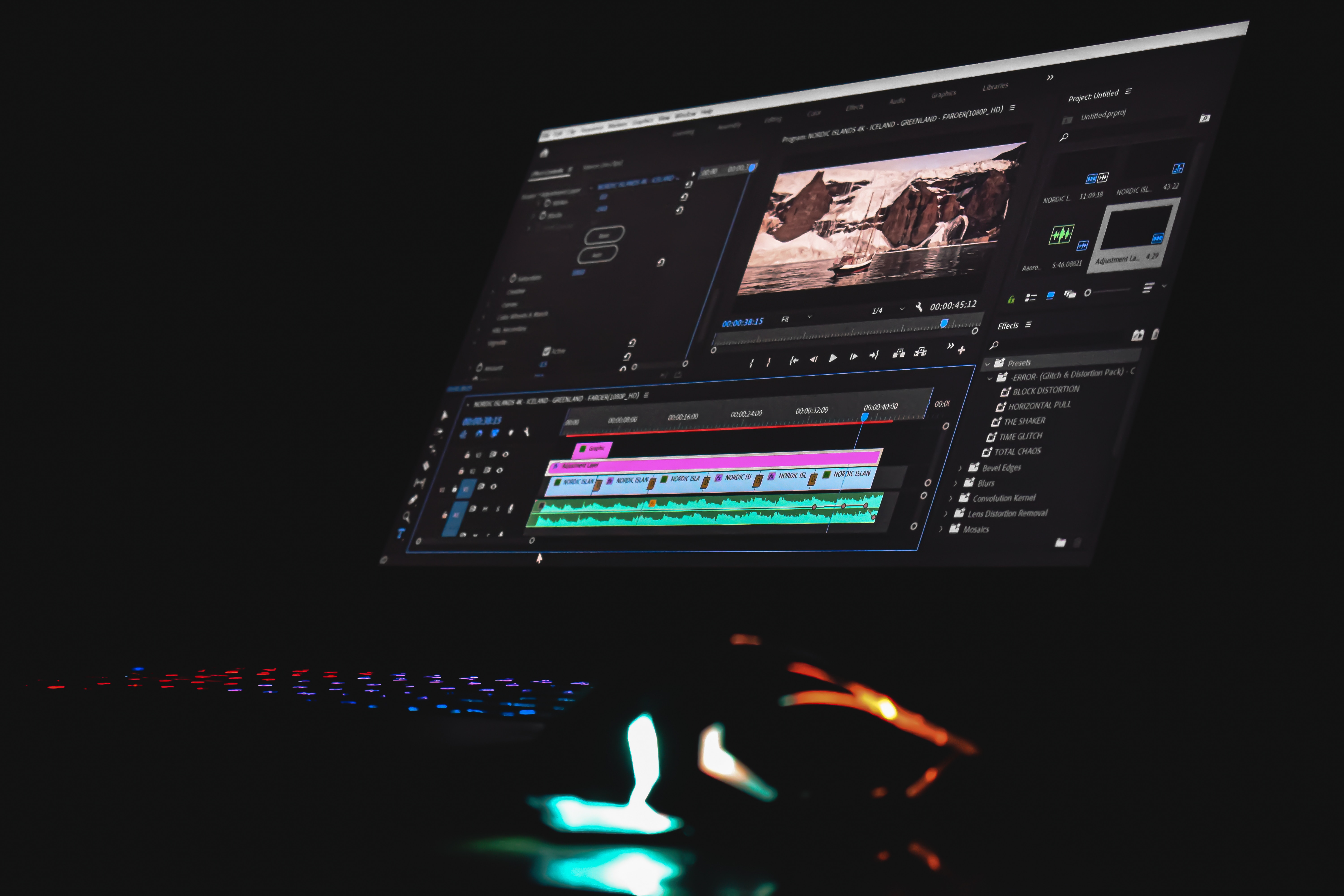Music licensing is an essential aspect of content creation, ensuring that creators have the necessary rights to use music in their projects while respecting the intellectual property of the original artists and composers. In intellectual property protection law, two primary forms are relevant to the music industry: trademarks and copyrights.
Both copyright and trademark are vital in safeguarding the interests of musicians, record labels, and content creators. This article provides a comprehensive overview of the key trademark vs. copyright differences in music licensing. Want to know what is a trademark and how does a trademark work? Read on.
What Is Trademark?
In music licensing, a trademark is a distinctive word, phrase, logo, symbol, or design that identifies and distinguishes the source of goods or services associated with the music industry. Trademarks protect the branding and identity of artists, bands, record labels, and other music-related products and services. They help consumers recognize specific goods or services and associate them with a brand.
An example of a trademark in the music industry would be the logo of legendary rock band the Rolling Stones. Their iconic lips-and-tongue logo is a trademark that instantly connects consumers to the band's music and merchandise.
Consistent and continuous use of the mark in commerce is necessary for business owners to acquire trademark protection. While trademark application with the appropriate government agency (the United States Patent and Trademark Office) is not mandatory, it provides several legal advantages, including nationwide recognition, the right to use the ® symbol, and enhanced protection against trademark infringement.

What Is Copyright?
Copyright protects original works of authorship, including musical compositions, lyrics, sound recordings, and performances. For music licensing, copyright protection ensures that the creators of these works, such as songwriters, composers, musicians, and performers, hold exclusive rights to reproduce, distribute, perform, display, and create derivative works based on their music.
Copyright protection automatically occurs once an original musical work is fixed in a tangible form (written down or recorded). Unlike trademarks, copyright protection arises automatically upon creation, with no formal copyright registration process required.
Copyright holders, musicians, and composers can license their works to others, granting permission for specific music uses in projects like films, commercials, videos, and advertisements. The copyright holder may also seek compensation through licensing agreements for the use of their work. The copyright symbol is ©.
Understanding the Differences Between Trademark and Copyright
Several types of trademark vs. copyright differences exist.
Legal Protections
One of the key distinctions between trademarks and copyrights lies in the legal protections they provide. Trademarks protect the identity and branding associated with music products and services. It prevents others from using similar names, logos, or symbols that may confuse consumers.
Copyright protects creative expression and original content. It ensures that creators control how their music is used, reproduced, distributed, performed, and adapted. Copyright protection focuses on preventing unauthorized use and exploitation of creative work.
Trademark protection is generally obtained through consistent use in commerce. As long as the mark is actively used and does not become generic or abandoned, it can enjoy indefinite protection. However, the trademark holder must properly maintain and renew their federal trademark registration to keep the protection in force.
For copyright, the protection lasts for a finite period. In most countries, including the United States, the term of copyright protection extends for the creator's life plus an additional 70 years. After this period, the work enters the public domain and can be used freely.
Period of Time for Terms of Protection
Trademark protection can last indefinitely if the mark continues to be used in commerce and remains distinctive. However, if a trademark becomes generic (i.e., the name becomes synonymous with the product or service itself) or is abandoned by its owner, it can lose its protection. Regular use and enforcement of trademark rights are essential to maintaining legal status.
In contrast, copyright has a fixed duration of protection. As mentioned earlier, the term of copyright protection generally extends for the creator's life plus 70 years. Once the copyright term expires, the work enters the public domain, and anyone can use it freely without seeking permission or paying royalties.
The finite duration of copyright protection aims to strike a balance between rewarding creators for their work and eventually allowing creative works to enrich the public domain for the benefit of society.
Subject Matter
Trademarks protect names, logos, symbols, and designs that uniquely identify the source of a good or service. In music licensing, this may include band names, artist names, album titles, logos, and other distinctive identifiers associated with the music industry.
Copyright protects the creative content itself. Music licensing includes musical compositions, lyrics, sound recordings, and performances. Copyright ensures that the creative efforts of musicians, songwriters, composers, and other creators are recognized and protected.
While trademarks and copyright play crucial roles in the music industry, they focus on different aspects of intellectual property protection. Trademarks center on identity and branding, while copyrights revolve around creative content.
Registration Process
Obtaining trademark protection involves registering the mark with the appropriate government agency. While registration is not mandatory, it provides several advantages, including nationwide recognition, a legal presumption of ownership, and the right to use the ® symbol.
Registering a trademark typically involves conducting a thorough search to ensure that the desired mark is not already in use and meets other requirements for registration. Once approved, the trademark owner can use the registered trademark symbol to signify its protected status.
Copyright is automatically granted to the creator upon fixing the work in a tangible form. While copyright protection does not require formal registration with the copyright office, registration offers significant benefits.
Registering with the copyright office provides a public record of ownership and makes it easier for holders to enforce their rights in case of infringement. It also enables the copyright owner to pursue legal remedies and claim statutory damages.
Ensure Legal Compliance With Royalty-Free Copyrighted Music
No matter the difference between trademark and copyright, when selecting music for your creative projects, legal compliance and respect for the rights of musicians and composers are key. That's why it's smart to use royalty-free, copyrighted music. Royalty-free music allows you to use high-quality tracks without worrying about copyright infringement issues or recurring licensing fees.
To access a range of royalty-free music tracks for your projects, visit StockMusic.net and explore our extensive library.
With royalty-free music from StockMusic.net, you can confidently incorporate music into your content while supporting artists and creators. Say goodbye to legal concerns and licensing complications, and enjoy peace of mind knowing that you are using music legitimately and ethically. Visit stockmusic.net and find the perfect soundtrack for your next project!




